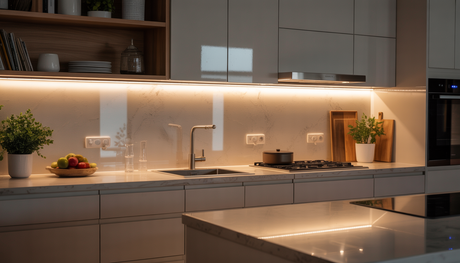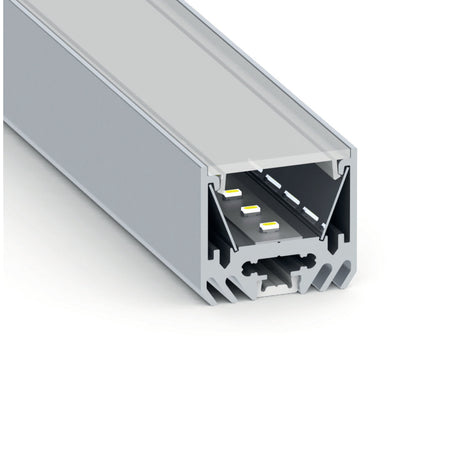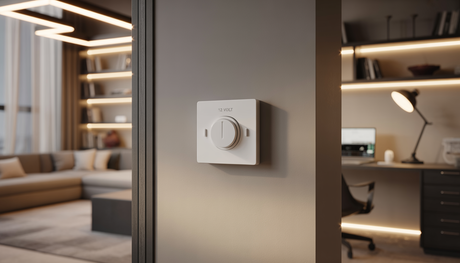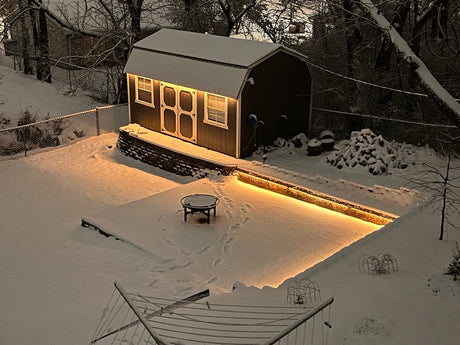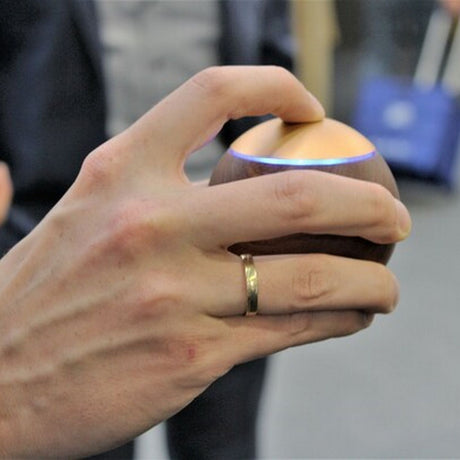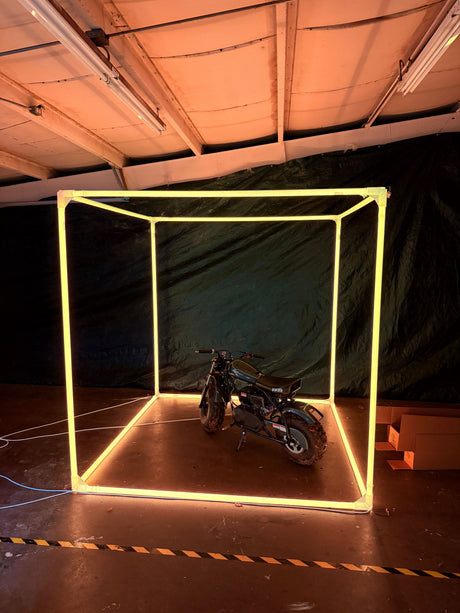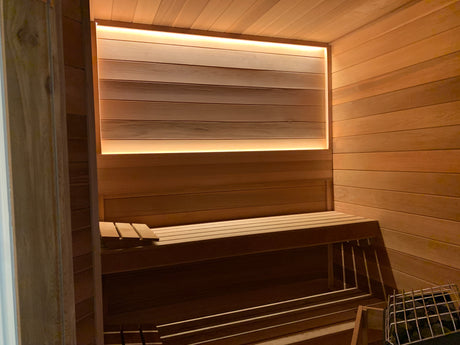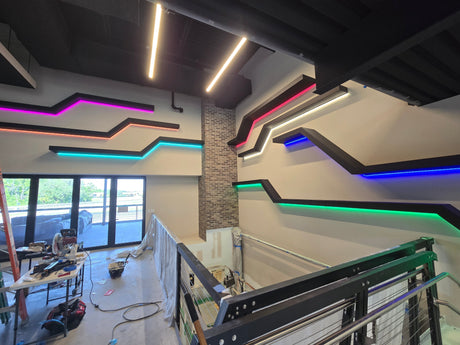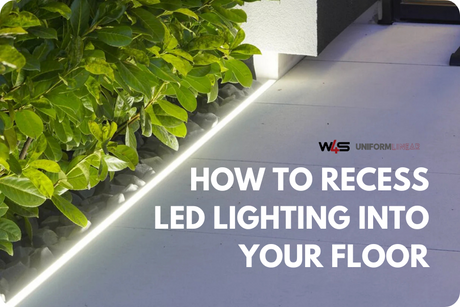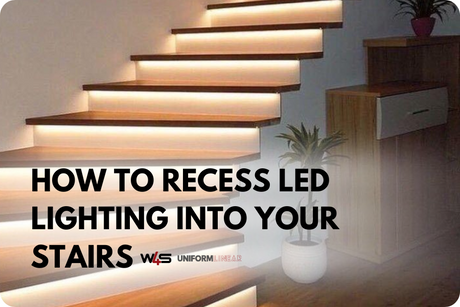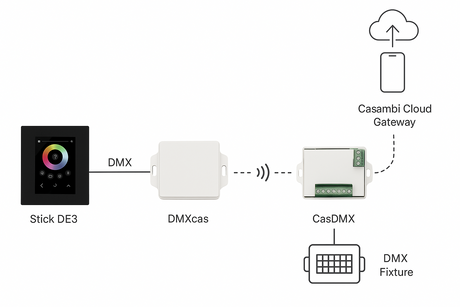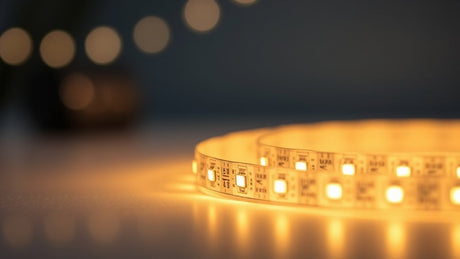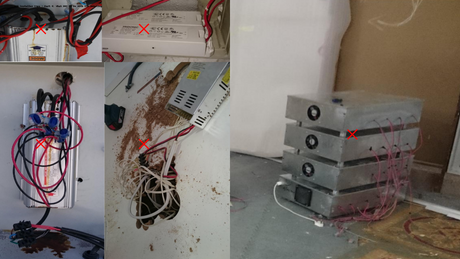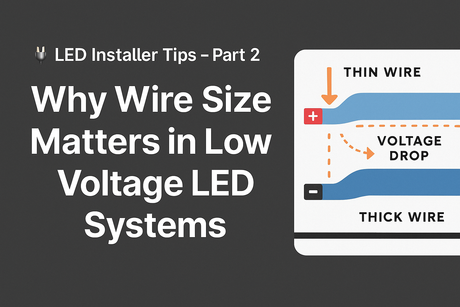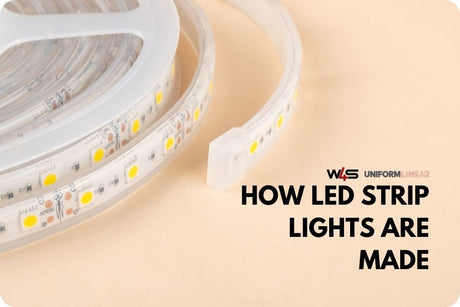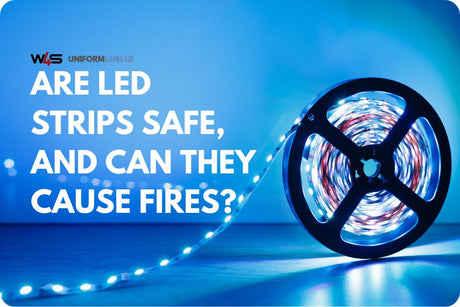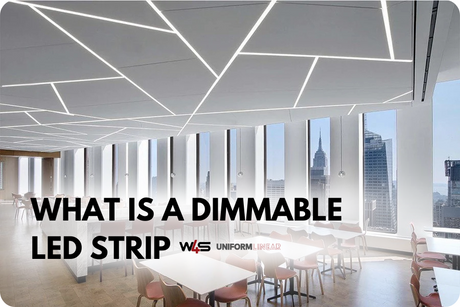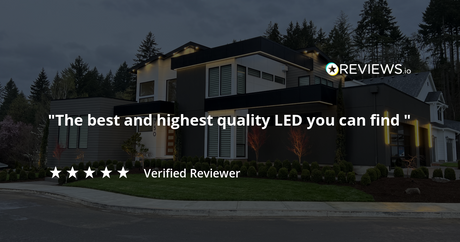When choosing between Xenon and LED lighting, the decision can be challenging given the strengths of each technology. Both offer unique advantages across different applications, but which one truly delivers the best overall performance?
In this guide, we'll explore the difference between Xenon and LED lights, focusing on brightness, energy efficiency, lifespan, and more, to help you decide which is the better option for your specific needs.

Understanding Xenon Lighting
Xenon lighting, often associated with High-Intensity Discharge (HID) technology, has been popular in various industries for years. Xenon lights produce a bright, bluish-white light by passing an electric current through xenon gas, producing an intense and powerful beam.
Key Advantages of Xenon Lighting:
- Superior Brightness: Xenon lights are renowned for their intense brightness, which can exceed that of LED lights in many cases. This makes them ideal for applications requiring high levels of illumination, such as stadium lighting or projector bulbs.
- Cost-Effective: Xenon lights are generally more affordable than LEDs, making them an attractive option for those on a budget.
- Aesthetic Appeal: The bluish hue of Xenon lights is often associated with luxury and high-end products, adding a premium feel to any application.
Potential Drawbacks of Xenon Lighting:
- Higher Energy Consumption: While more efficient than traditional incandescent bulbs, Xenon lights consume more energy than LEDs, which can impact overall efficiency, especially in large-scale applications.
- Heat Generation: Xenon bulbs generate significant heat, which can affect the lifespan of nearby components and may require additional cooling mechanisms.
- Glare Issues: The intense brightness of Xenon lights can sometimes cause glare, which is a concern in applications like street lighting or projectors where excessive glare can be disruptive.
Understanding LED Lighting
LED (Light Emitting Diode) technology represents the cutting edge of lighting solutions, rapidly becoming the preferred choice in various sectors. LEDs work by passing an electric current through a semiconductor, producing a bright, efficient beam with a wide range of applications.
Key Advantages of LED Lighting:
- Energy Efficiency: LEDs are highly energy-efficient, consuming significantly less power than both incandescent and Xenon bulbs. This efficiency translates to cost savings and reduced environmental impact, especially in large-scale installations.
- Longer Lifespan: LED lights can last up to 50,000 hours, far outlasting both halogen and Xenon bulbs. This extended lifespan reduces the need for frequent replacements, saving time and money in the long run.
- Design Flexibility: Due to their compact size, LEDs can be arranged in various configurations, allowing for innovative and aesthetically pleasing designs in everything from ceiling lights to trailer lighting.
- Minimal Heat Output: LEDs generate less heat than Xenon lights, reducing the risk of damage to surrounding materials and improving overall safety in high-temperature environments.
Potential Drawbacks of LED Lighting:
- Higher Upfront Cost: LEDs typically have a higher initial cost compared to Xenon lights. However, the energy savings and longevity of LEDs often offset this over time.
- Slightly Lower Brightness: While LEDs provide excellent illumination, they generally aren't as bright as Xenon lights, which may be a factor in situations where maximum brightness is essential, such as in certain industrial applications.

Xenon vs LED: Which Is Better?
Deciding between Xenon and LED lighting ultimately depends on your specific requirements and the context in which the lighting will be used. Here's how they compare:
- Brightness: Xenon lights take the lead in brightness, making them the better choice for applications needing maximum illumination, like projectors or certain automotive headlights. However, this brightness can also lead to glare, which might be undesirable in some settings.
- Energy Efficiency: LED lights are the clear winner in energy efficiency, using significantly less power than Xenon lights. This efficiency is particularly beneficial in large installations, such as commercial buildings or outdoor lighting systems, where energy consumption is a major consideration.
- Lifespan: LEDs outshine Xenon lights in terms of longevity, offering a lifespan of up to 50,000 hours compared to the 2,000-hour average of Xenon bulbs. This makes LEDs more suitable for applications where maintenance access is limited or where minimizing downtime is critical.
- Design Flexibility: The compact size and versatility of LEDs allow for more creative and customized designs, enhancing the aesthetic appeal of products ranging from consumer electronics to architectural lighting.
- Cost: While Xenon lights are generally less expensive upfront, the long-term savings offered by LEDs through reduced energy consumption and fewer replacements can make them a more cost-effective option over time.
Final Verdict: LED Takes the Lead
While Xenon lights offer superior brightness, LED lights are generally the better choice for most applications. However, it must be noted that like most products, the quality of LED lights vary from one brand to another. However, energy efficiency, long lifespan, and design flexibility make LEDs a more versatile and cost-effective solution generally speaking compared to Xenon. Whether you're upgrading the lighting in your home, office, or vehicle, LEDs provide the best balance of performance, cost-effectiveness, and style.
FAQs
Here are more facts you should know about this article:
What is the difference between Xenon and LED lighting?
You can usually identify Xenon lights by their bluish-white hue and slower warm-up time, as they take a moment to reach full brightness. In contrast, LED lights are bright white and turn on instantly at full intensity. Checking the product specifications or consulting with a professional can also help you determine the type of lighting you're using.
Can I replace a Xenon light with an LED light and vice versa?
Yes, you can replace Xenon lights with LED lights, but this typically requires a conversion kit to ensure compatibility. It's crucial to consult with a professional to ensure proper and safe installation, as the two technologies operate differently.
Which brands can you recommend for both products?
For Xenon lighting, trusted brands like Philips and Osram offer reliable products known for their brightness and durability. For LED lighting, brands such as Cree, GE, and Wired4SignsUSA provide high-quality options that cater to various needs and applications.






